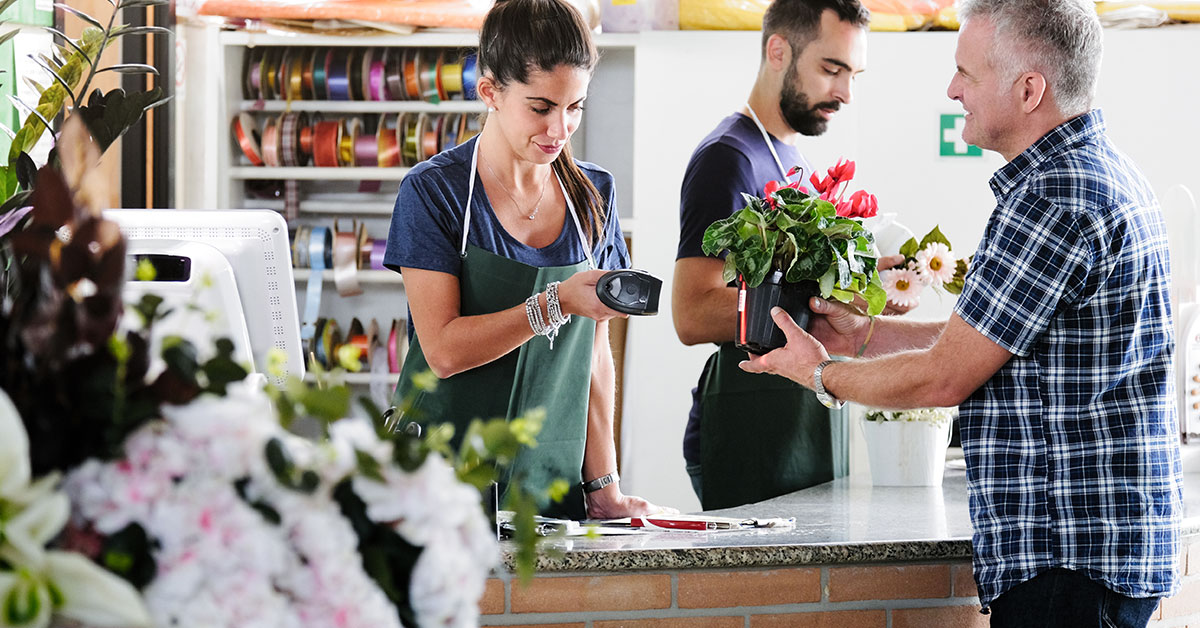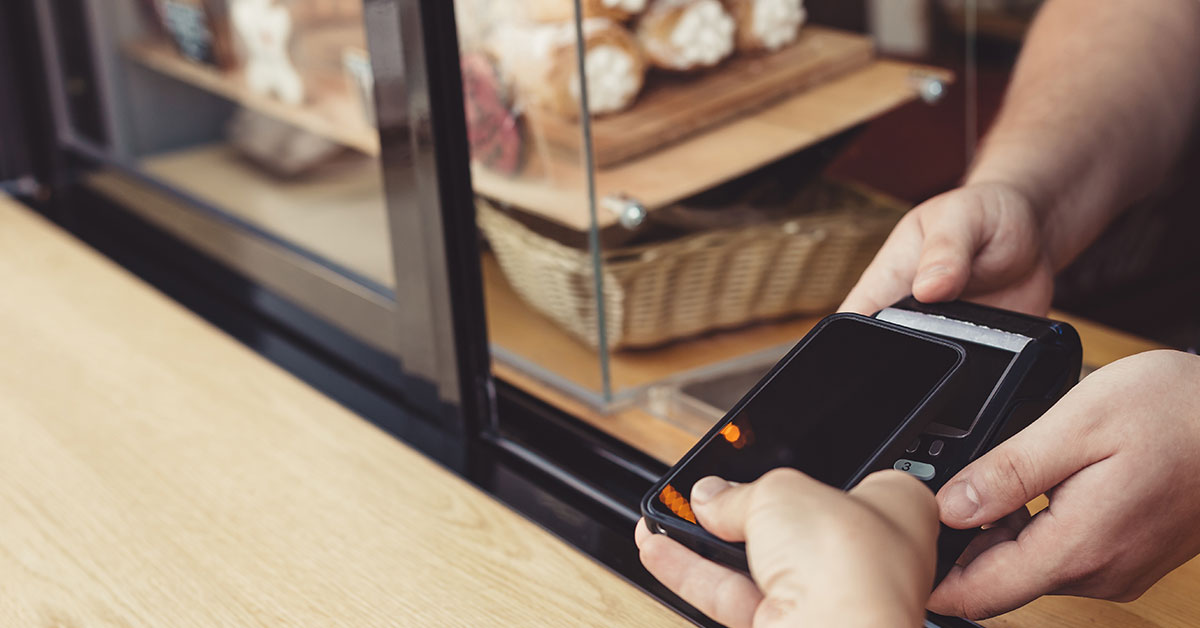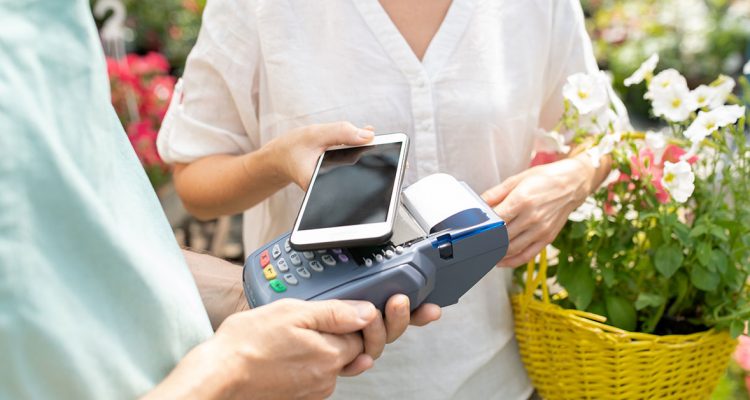Stories and useful posts on Point of Sale & POS System Solutions.
For many brands, opening up an online store is the logical next step. They’ve built a loyal customer base locally and want to expand operations, tap into the multi-trillion dollar ecommerce market, and keep costs low. The challenge is all the things that need to be learned in order to successfully launch an online retail store.
There can be a steep learning curve because of multiple software options available, conflicting advice, and countless best practices to take into account. In this guide, you’ll learn the most important steps needed to set up an ecommerce store and give yourself the highest chance of success.
Get your domain and store builder
If you’re already doing business out of a physical location, your brand name is already taken care of. All you have to do is buy a domain name. The problem is that if you have a common name like Candy’s or Harold’s, that domain has most likely been taken.

That means you’ll have to get creative when choosing a domain name. Consider adding modifiers such as “hq” “shop” “store” etc. to create a familiar domain name. For example, HaroldsHQ.com or CandysShop.com.
After you’ve found and purchased a domain name, start looking into the website builder you’ll use for your online store. There are a few things to take into consideration when choosing a tool:
The number of products it supports
The level of customization available
Integrations with your marketing stack
POS solutions like ShopKeep have integrated tools that make it easy to transition online. From within your back office, just click a few buttons and you can start creating your website.
Create the category pages
After you’ve settled on a domain and website builder, the next step to set up your online store is creating category pages. Category pages are important in an online store for two reasons:

They help your customers navigate the site and find what they’re looking for
They make it easier for search engines to crawl, understand, and index your site which can result in higher rankings.
There are multiple things to take into consideration when building your product pages. At first glance, it may seem like your categories should simple cover the main types of products you sell. While that’s important, it’s only scratching the surface.
You should also ensure they have a clean design. This entails formatting the product image boxes so they’re the same size and the product image itself takes up most of the space. Beyond design, consider creating a filtering system that takes many things into consideration like price, size, gender, style, or whatever else your visitors may use to narrow down product choices.
The placement of products with the category pages is also important. It makes sense to give the ones that are most likely to sell a more prominent position. For example, you can put best sellers in a section at the top, new arrivals in a section below that, and list all your products in a final section. Also add special deals or announcements within the category pages. For example, if there are only five items left in stock, place a notification next to the item on the category page.
You may also want to add a FAQ at the bottom of category pages to preemptively answer the questions you know people will have. Things like shipping information, return policies, sizing charts, etc. will be useful to visitors. As more people interact with your online store, you’ll be able to add more FAQs to the page.
Design product page templates

You may have ten products or you may have one thousand products. Uploading them is often the most time-consuming part of the entire process. Even if you’re using a tool like Heartland that integrates your products with your online store, you’ll still need to tweak it things a bit.
Instead of creating every page from scratch, build out a few templates for the different types of products you sell. For example, if you sell shoes, bags, accessories, and dresses you may need to use a different type of product page for each. Draw on your experience as a retailer to understand what kinds of questions people ask and how they interact with products in person.
Use those insights to build out your templates. Some things you may want to consider adding to your product page templates include:
Multiple images of the product
A product video that showcases different use cases or the lifestyle associated with the product
Prominent shipping and return information
Technical specifications like length, width, weight, etc.
A call to action button that contrasts with the page
Action oriented call to action copy such as “add to cart” “proceed to checkout” “buy now”
Customer reviews and testimonials
You may also have special considerations due to the nature of the product. For example, fragile items may have specific care instructions. The key is to do your best to cover all questions and concerns someone may have right on the product page.
Upload images and write copy

The product page templates you’ve created will save you considerable time when you’re setting up your online store and when adding new products. Now, it’s time to upload your product images and write the sales copy. This goes beyond creating a standard description. Someone looking at a product page is interested but not yet convinced.
A product description won’t convince them but product sales copy will. The nuances of writing sales copy can fill a book but there are a few key aspects to take into account when you’re writing it.
Who will be viewing the page? What kind of customer buys that product? You should have a good idea of this from your physical store. Use that information to write in a way that appeals to that buyer persona.
Why do they buy the product? Is it because of the name brand, the quality, or the durability? Whatever the reason people tend to buy the product should be highlighted within your product page copy.
What do they need to know or believe before buying? These are referred to as buying beliefs and they can be major or minor. For example, if you’re selling a $1,000 bag, you may need to instill more beliefs than if you’re selling a $30 pair of shoes.

Don’t forget about the basic things like the materials used, the size, shape, the dimensions, and other things that may seem trivial. They matter to at least one person that lands on the page and can be the difference between closing a sale and losing one.
The last thing to consider when writing your product copy is the story. Every product in the world has a story whether it’s interesting to you or not. That narrative makes your product more than just a purchase – it makes it valuable. Whenever possible, craft a narrative around your products and you’ll see your conversion rates rise.
Test everything
The last step before sending your online store live is to test what you’ve done. It can be tedious but it’s well worth the effort. There’s nothing worse than having a broken checkout experience or broken product page links.
Set your pages live, remove your checkout pages from test mode, and go through your online retail store the same way a user would. What seems out of place, are there any broken links, does your card get charged? If everything checks out then set the store to live and start marketing it to the best of your ability.
Conclusion
This guide has walked through the most important aspects when it comes to setting up an online store. First, get your domain name and choose the right store builder that fulfills the criteria outlined here. After that, create your category pages and product page templates.

Those two steps will save you a lot of time. Once done, move on to uploading each product in your catalog while writing copy and then test the entire online retail store you’ve created to make sure it works as expected. If done properly, you’ve set yourself up for success for a long time to come.
The above article was published on this site.
We trust that you found the article above of help and/or of interest. Similar content can be found on our main site here: enterprisepointofsale.com
Let me have your feedback in the comments section below. Let us know which subjects we should write about for you next.
